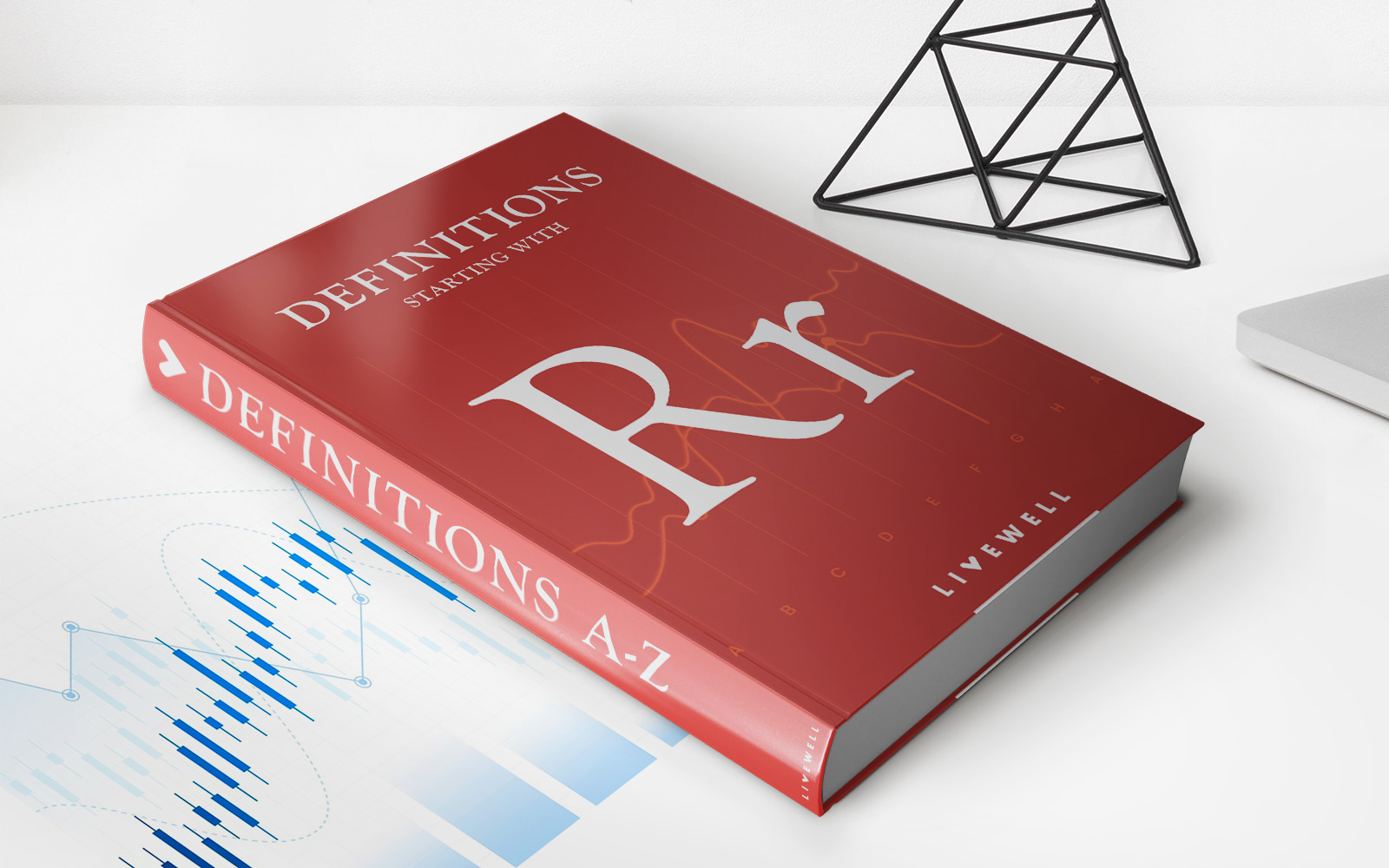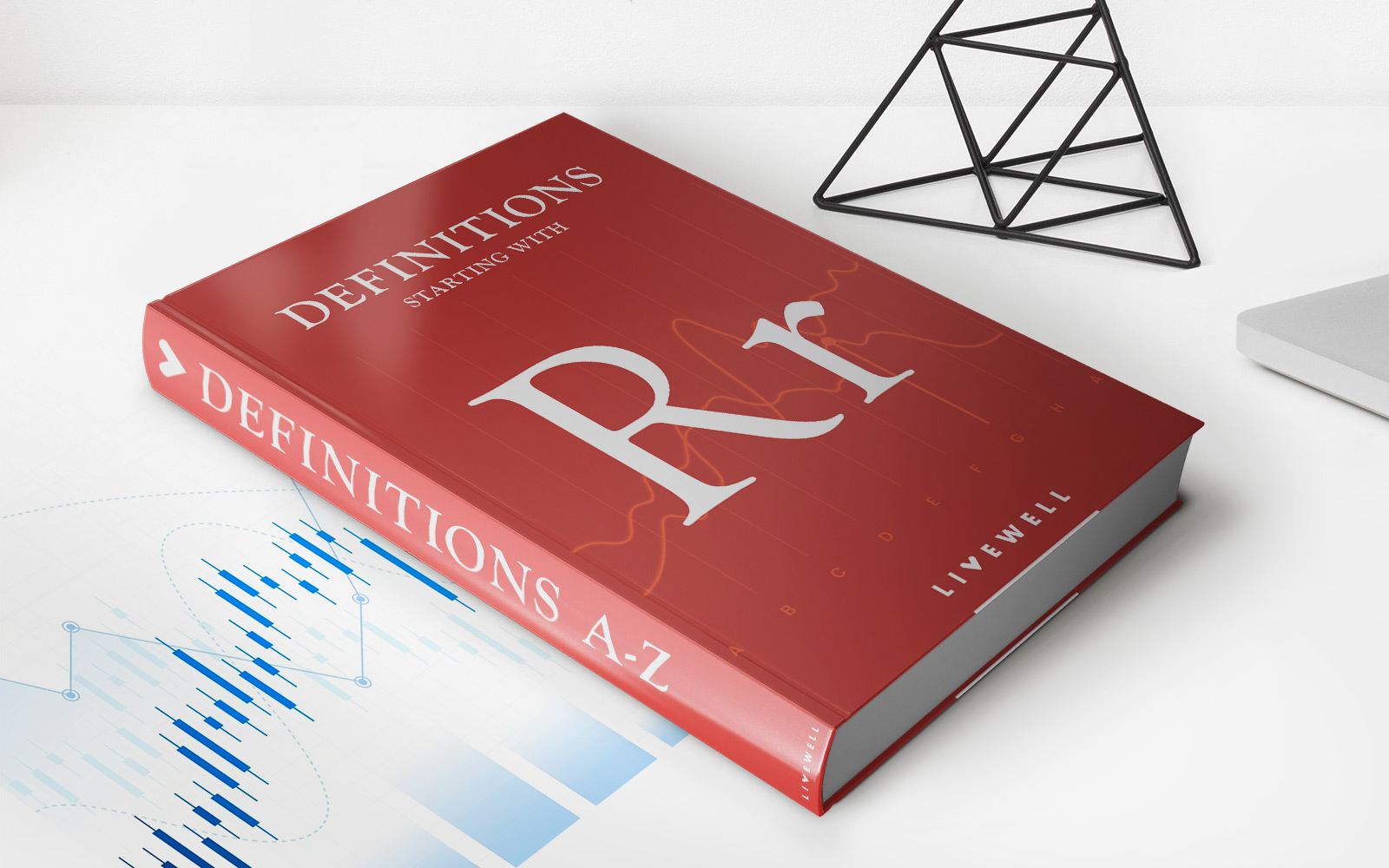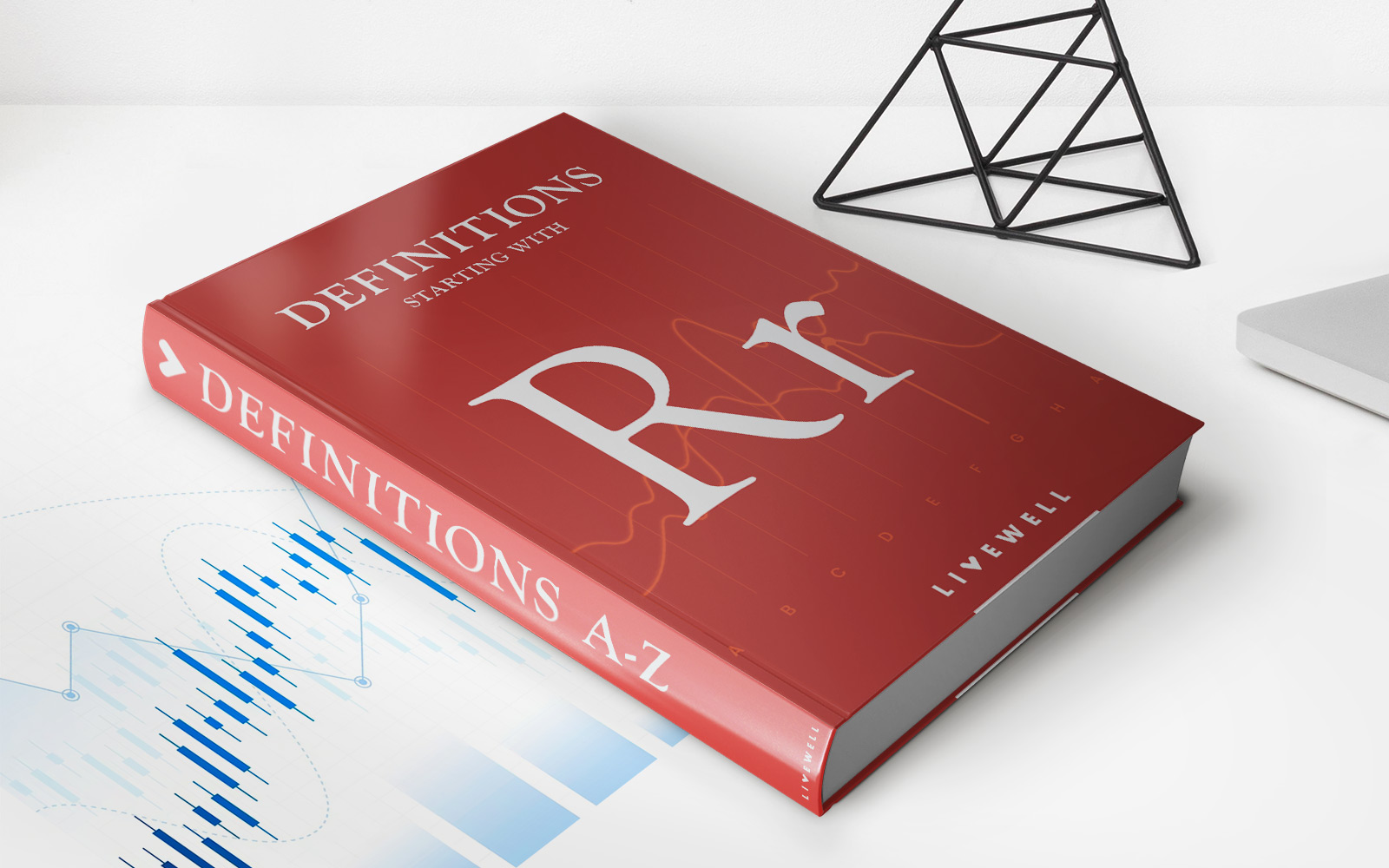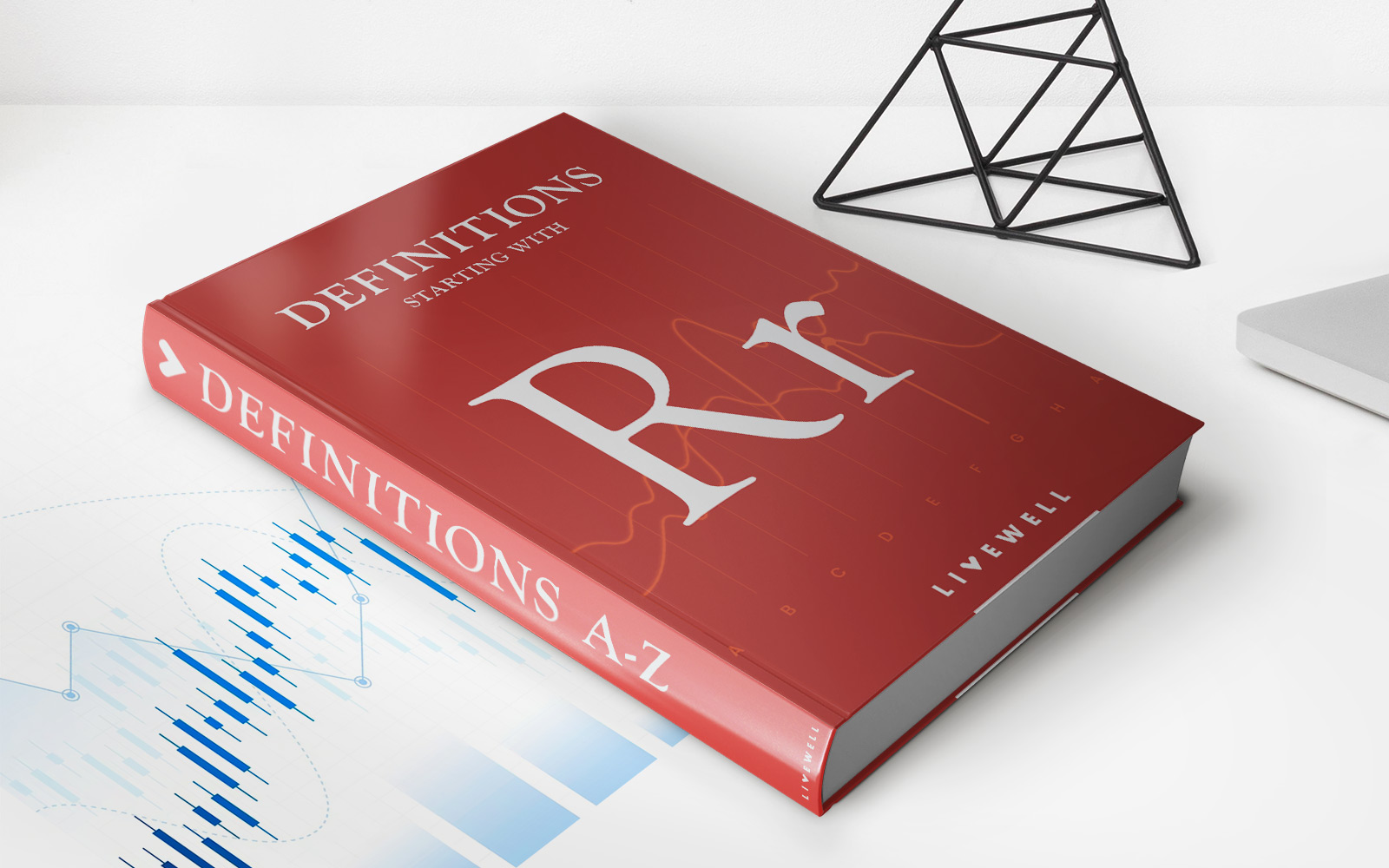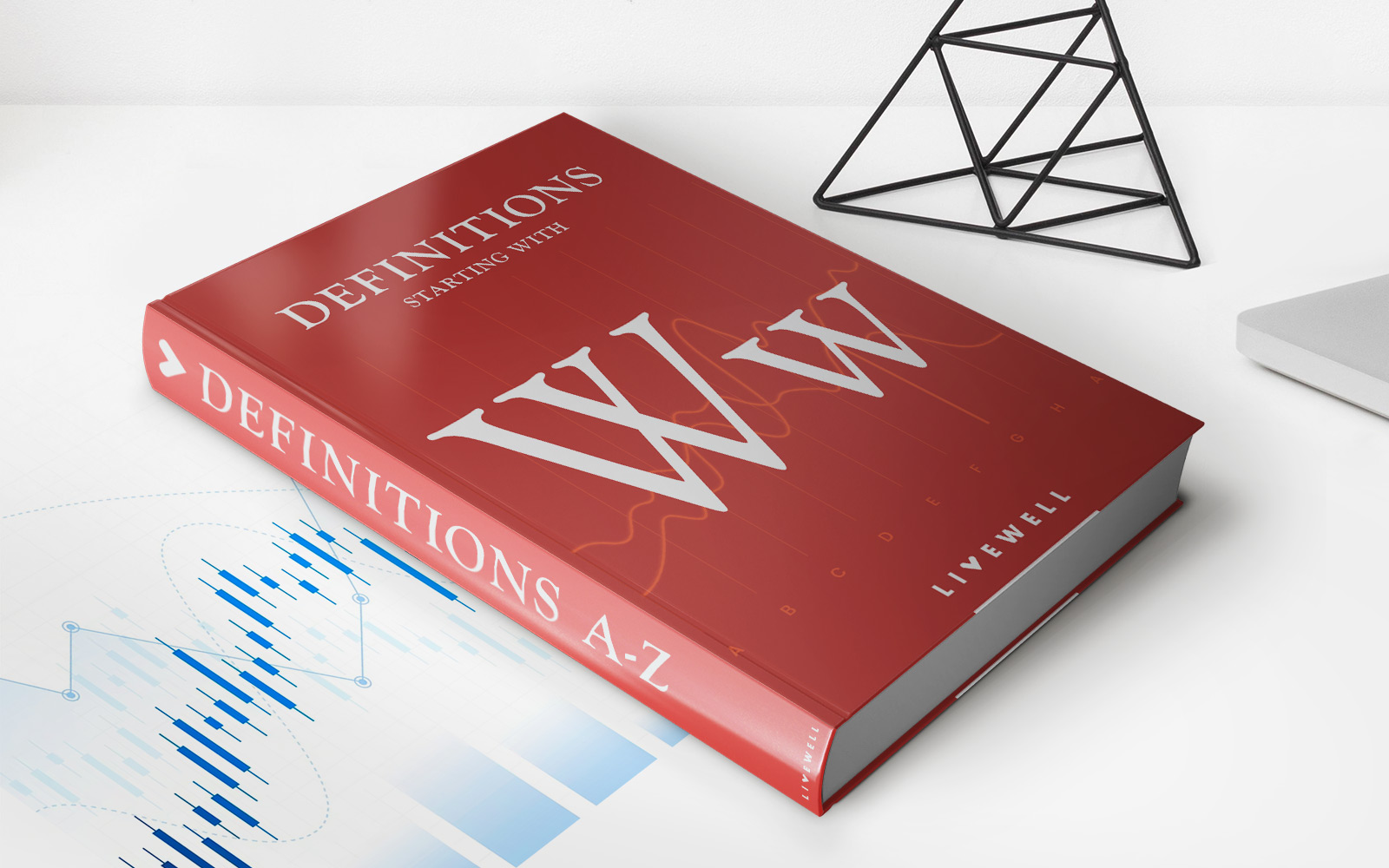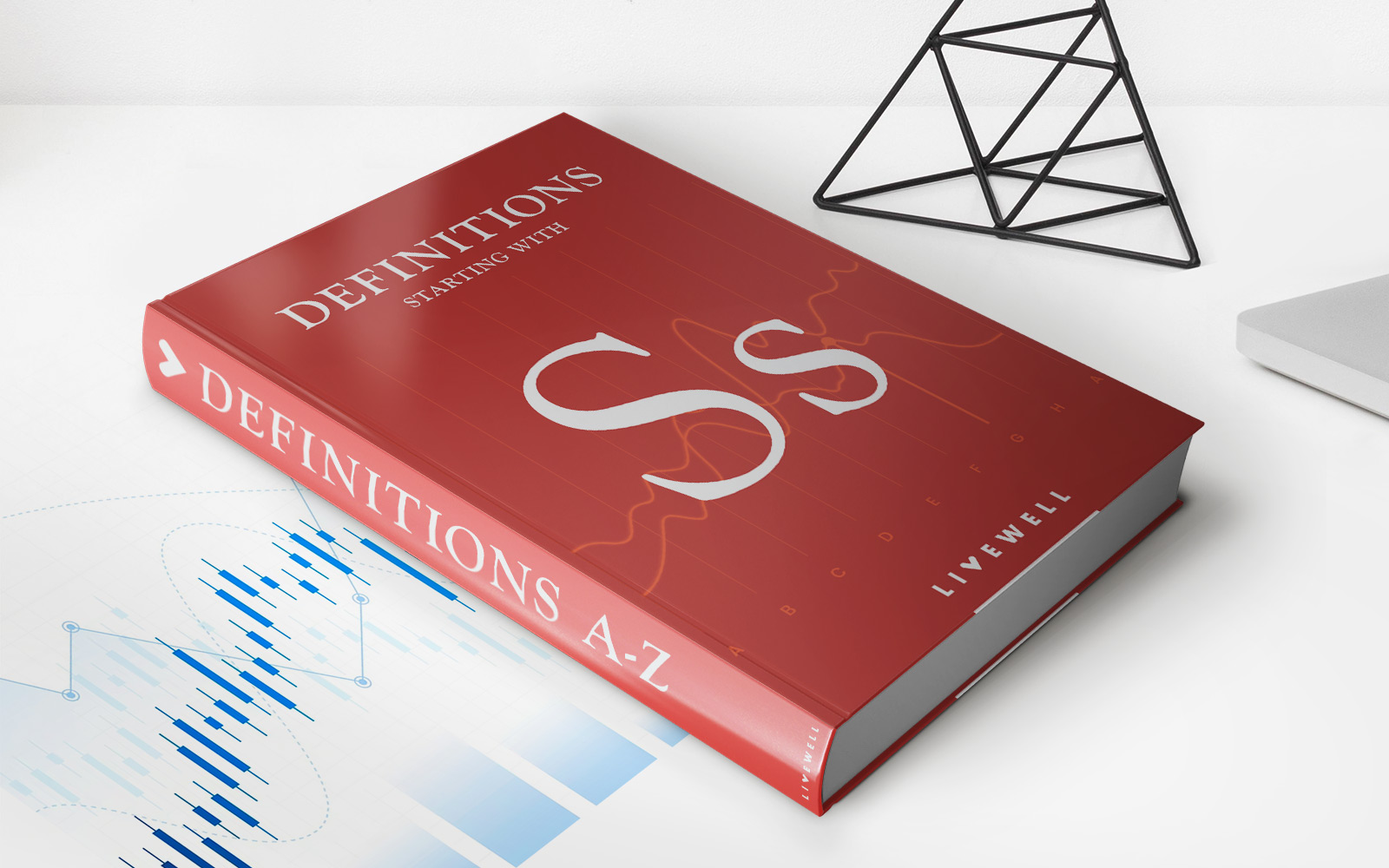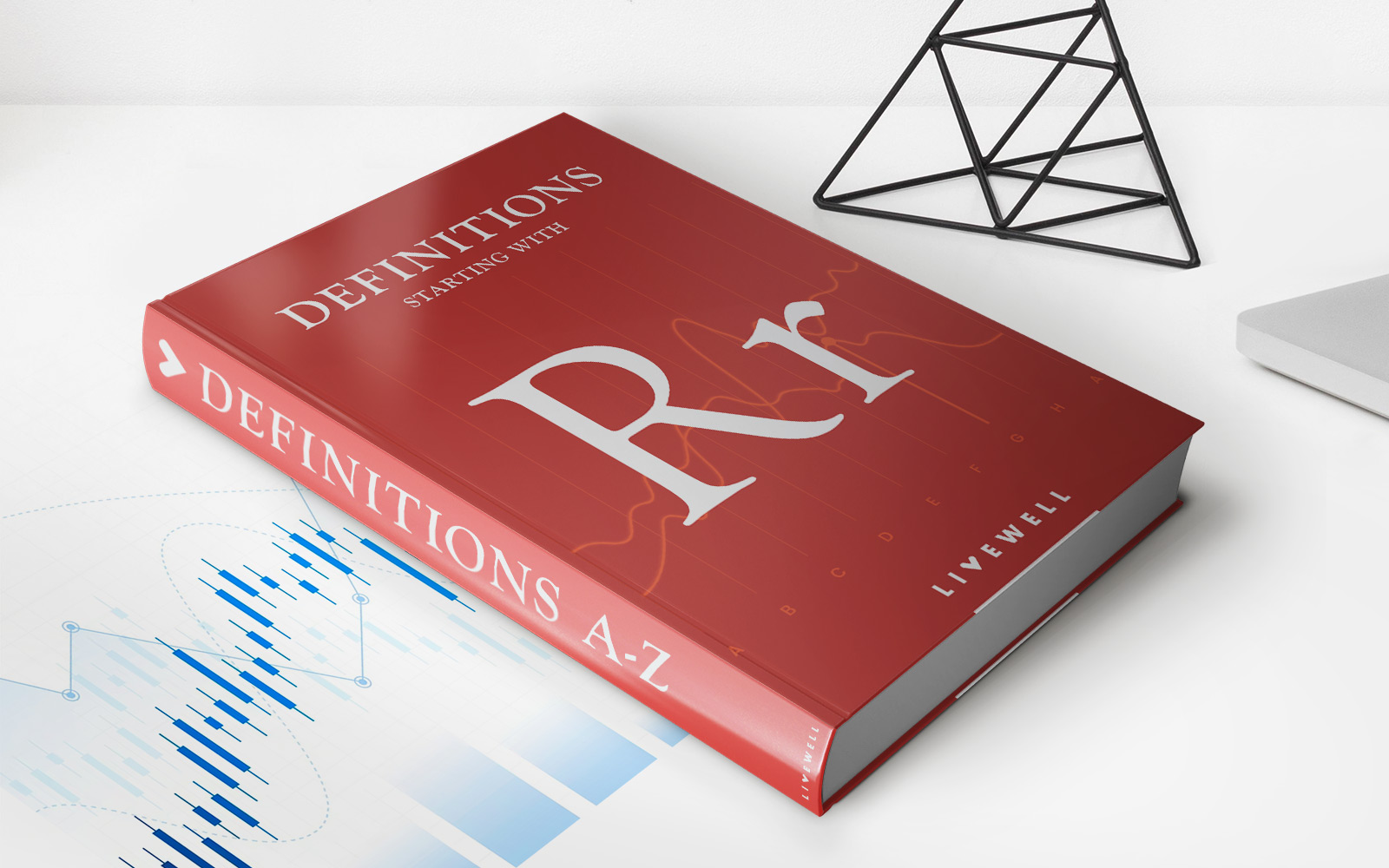Home>Finance>R-Squared: Definition, Calculation Formula, Uses, And Limitations
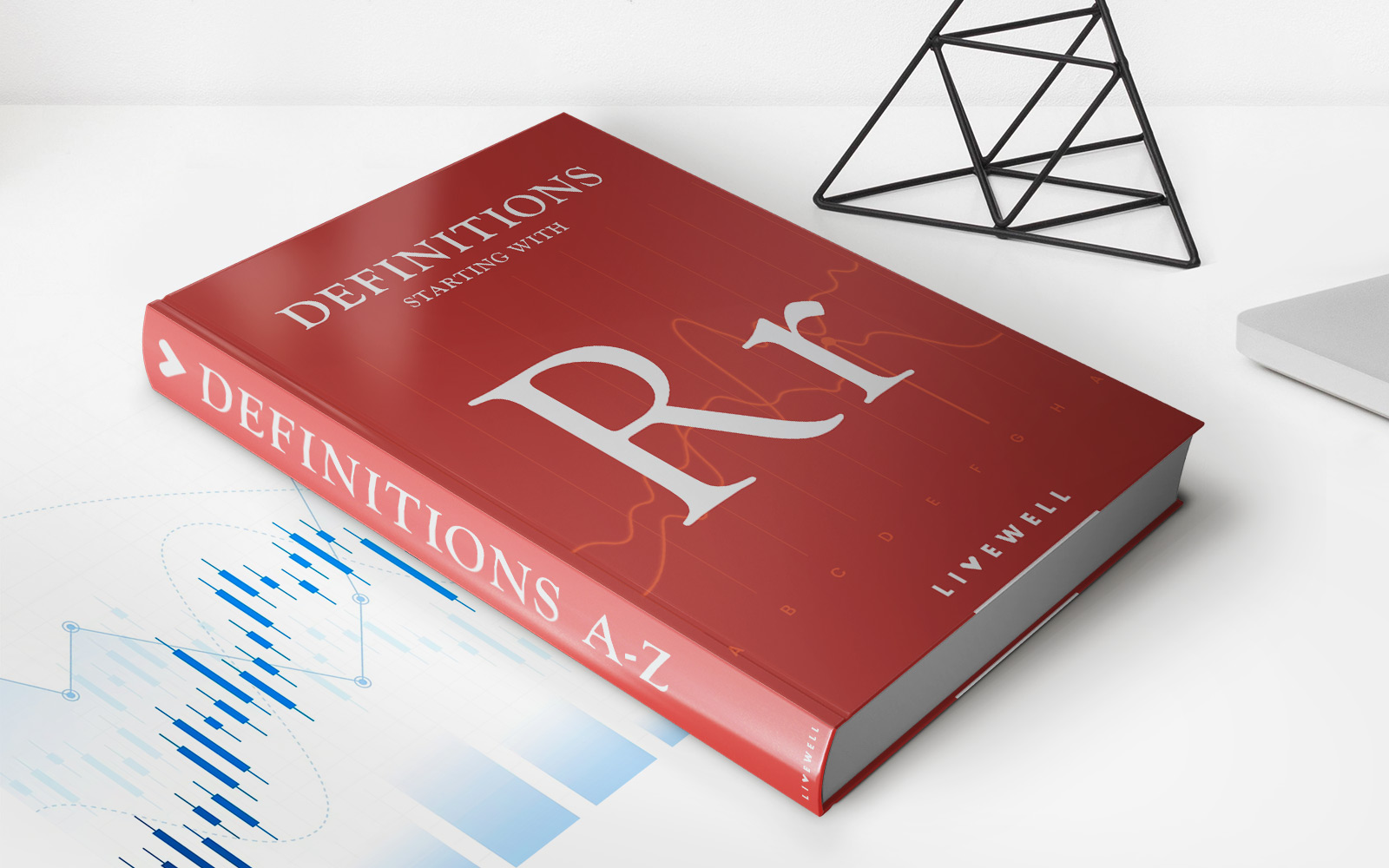

Finance
R-Squared: Definition, Calculation Formula, Uses, And Limitations
Published: January 15, 2024
Learn about R-Squared in finance: its definition, calculation formula, uses, and limitations. Understand how this statistical measure helps analyze the relationship between a dependent variable and one or more independent variables.
(Many of the links in this article redirect to a specific reviewed product. Your purchase of these products through affiliate links helps to generate commission for LiveWell, at no extra cost. Learn more)
Understanding R-Squared: Definition, Calculation Formula, Uses, and Limitations
When it comes to analyzing financial data, one crucial metric that frequently comes into play is R-Squared. This statistical measure helps investors and analysts gauge how well an investment or portfolio’s performance can be explained by changes in a benchmark index. In simpler terms, R-Squared quantifies the closeness of a particular investment’s returns to the movement of a chosen benchmark. In this blog post, we will dive deeper into R-Squared, exploring its definition, calculation formula, uses, and limitations.
Key Takeaways:
- R-Squared measures the proportion of an investment’s movements that can be attributed to changes in a benchmark index.
- It is calculated by squaring the correlation coefficient between an investment’s returns and the benchmark’s returns.
Understanding R-Squared
R-Squared is a statistical measure that ranges from 0 to 1. A value of 1 indicates that all of an investment’s movements can be explained by changes in the benchmark index, while a value of 0 suggests that the investment’s returns are completely independent of the benchmark. Essentially, R-Squared helps investors determine the degree to which an investment’s performance is influenced by the performance of a benchmark.
Calculating R-Squared
The calculation of R-Squared involves finding the correlation coefficient between an investment’s returns and the benchmark’s returns, and then squaring the result. The formula for calculating R-Squared can be expressed as:
R-Squared = (Correlation Coefficient)^2
By squaring the correlation coefficient, R-Squared offers a convenient way to interpret the proportion of an investment’s movements that can be explained by changes in the benchmark.
Uses of R-Squared
R-Squared has various uses in finance, including:
- Evaluating Performance: Investors can use R-Squared to assess the extent to which an investment closely tracks a benchmark or a specified index. A high R-Squared score indicates that the investment closely follows the benchmark, while a low score suggests a larger divergence.
- Portfolio Comparison: R-squared can be employed to compare the performance of different portfolios. It allows investors to determine which portfolio aligns more closely with a chosen benchmark, aiding in the decision-making process.
- Risk Assessment: R-Squared can assist in quantifying systematic risk, which is the risk associated with market fluctuations. By evaluating how much an investment’s performance is driven by the benchmark, investors can gauge the potential impact of market movements.
These uses demonstrate the versatility of R-Squared in helping investors make informed decisions based on the relationship between investments and benchmarks.
Limitations of R-Squared
Although R-Squared provides valuable insights, it also has limitations that should be considered. Some important limitations include:
- Benchmark Dependency: R-Squared assumes that the benchmark used is appropriate and relevant for the investment. If the benchmark is not representative or there are other factors impacting the investment’s performance, R-Squared may not accurately reflect the investment’s relationship with the market.
- Changing Market Conditions: R-Squared is not static and may change over time due to varying market conditions. The relationship between an investment and its benchmark can be influenced by different economic environments, making R-Squared less reliable in predicting future performance.
- Lack of Complete Information: R-Squared fails to capture the full picture of an investment’s performance. It does not account for factors such as fees, expenses, and external events that may impact an investment’s returns.
By acknowledging these limitations, investors can use R-Squared more effectively while considering additional factors that may affect investment outcomes.
In Conclusion
R-Squared is a valuable metric that provides insights into the relationship between an investment’s performance and a benchmark. By understanding how R-Squared is calculated and its uses, investors can gain a better understanding of the importance of benchmark selection and the potential impact of market movements. However, it is essential to be aware of the limitations of R-Squared and consider them alongside other relevant factors when analyzing investment performance.
